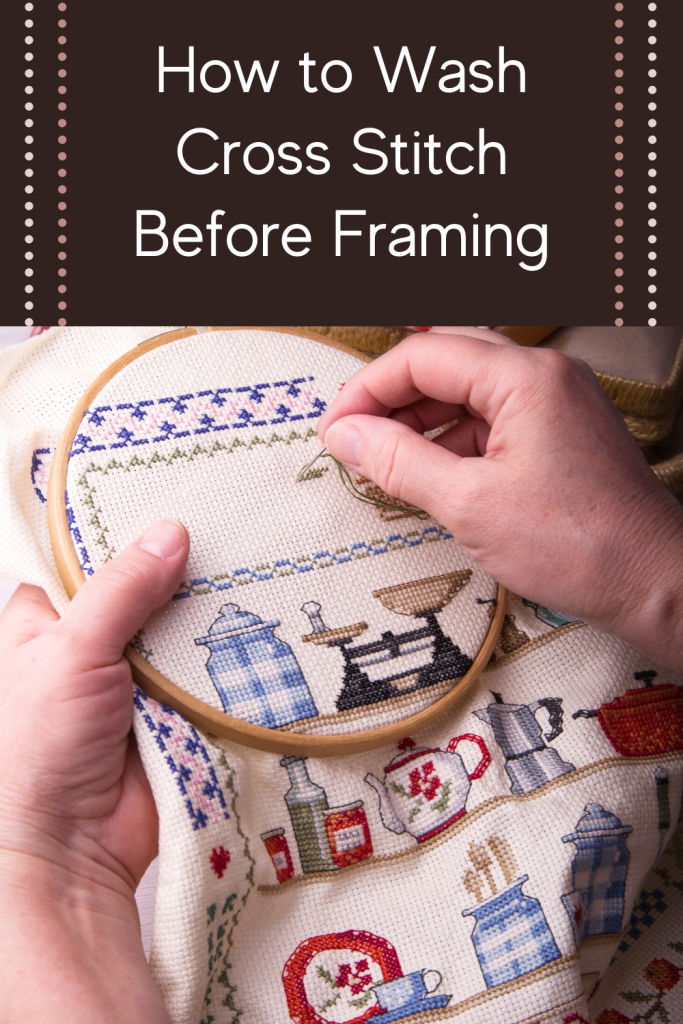
It is likely that you are wondering where you should start your health and wellness blog. This article will show you how to get started with health and fitness blogging. There are several benefits to starting a health and fitness blog, but the most important thing to remember is that there is no "one size fits all" solution to the subject. This is because each person's body is different and a blog can not address all of them.
Find motivation in health and fitness blogs
Finding motivation from health and fitness blogs is a great way to get more exercise into your daily life. A good fitness blog will be filled with motivational posts, workout plans, and the latest news in the fitness industry. Inspiration for strength and endurance training, as well as tips on healthy eating can be found here. Motivational videos and social media are good options for bloggers who lack the time. These blogs can also include success stories which can be a great way to get the extra push you need.
Some blogs offer tips for nutrition and exercise for both novices and professionals. For example, Fitness Inside the City features guest posts and articles from experts in fitness. Sutherland was frustrated by the lack of fitness and health options in her area, which led to the creation of this website. The blog also features posts on holistic health, sustainable beauty, and fitness recipes. This blog is great for motivation. You should check it out now.
Creating categories for your blog
Perhaps you are searching for a simple way organize your content in your health and wellness blog. You can also categorize your content according to topic, such 7-minute HIIT workouts and sugar-free snacks. You can also add downloadable fitness programs to your content if it is related to health and fitness. Many themes for fitness and health blogs include an interactive homepage slider, a countdown and cool fonts. Here are some layout ideas to help you create a fitness blog layout.

Determine your target audience. Are you targeting Gen-Zers, women going through menopause, or people with chronic illnesses? What is your target audience interested in? These factors will guide your content strategy. Next, think of how to attract that specific audience. You may want to cater to those with chronic illnesses or those who are ready to step off the couch. You could even create content targeted at particular hobbies and interests.
Creating affiliate marketing links for your blog
If you're running a health and fitness blog, you've likely heard about the benefits of promoting various products and services on your site through affiliate marketing. To promote fitness products or services on your website, you can also collect emails addresses. Email addresses are not the most important part of affiliate marketing campaigns, but they can be a valuable asset. Read on for more information on how to make the most of your email list.
Affiliate marketing campaigns are crucial. It's important to pick a niche. With the right content and knowledge, there are many possibilities. Because people are more inclined to purchase what they see on a fitness and health blog, affiliate marketing with this niche has a high conversion rate. This is a profitable business that requires very little investment upfront. Only persistence and hardwork are required.
Finding a niche for yourself in the fitness and health industry
It's crucial to study the industry's competitors and potential profit. Many niches can be difficult to market and are complex. However, some niches are easier to conquer and more specific. Before you decide on a niche in health and fitness, do a thorough industry audit and identify any problems. You will need a niche that appeals to your target audience, as well as the necessary expertise to be successful in this particular field.

It's difficult to launch a business if your knowledge is limited in the area of health and wellness. If you are not a specialist in health and exercise, it will be difficult for you to get clients and create effective marketing materials. Instead, target a segment of your audience by focusing on that group. Here are some ways to identify a niche in the health and fitness industry. You might choose to focus on a plant-based diet or bodyweight exercises. Or, you may be interested in hormone balance. No matter what your niche might be, it is important to send the right message.
FAQ
How do you lose weight?
It is not easy to lose weight. Many people give up easily because they don't know what to do.
There are simple steps you can take in order to lose those extra pounds.
You must first ensure that you are consuming fewer calories than what you burn. You will gain weight if you eat more calories than you burn.
Second, you must start exercising regularly to burn off all those calories. You have the option of doing jogging or walking or cycling, as well as dancing.
Third, you need to stop drinking alcohol and smoking cigarettes. These habits can cause you to consume more calories that you would otherwise.
Fourth, it is important to reduce the consumption of junk food and fatty foods. You can replace them by healthier choices such as fruits, vegetables or lean meats.
Fifth, change your lifestyle. You may have to get up before the rest of the world to exercise.
Sixth, it is important to be disciplined about your diet and follow it.
Finally, you have the option to join a gym and take part in an aerobics session to burn off those extra calories.
You will quickly notice the difference by following these simple tips.
How many calories should I consume daily?
This can vary from person to person. An average person needs 2000-2500 calories per day. The factors that determine how many calories are needed for you include your gender, age, height, activity level, lifestyle, and gender.
What is a good seven-day workout routine?
A seven-day exercise plan should include cardiovascular training (running/biking/swimming), strength exercises (using weight machines, free weights) and one flexibility/core program (yoga or Pilates). Each activity must be completed at least once per week. Each session should last no more than 45 minutes.
Cardiovascular Exercise: Running/Biking/Swimming
Aim to do at least 60 minutes per week of cardio. Aim for 75 minutes per week to get the best results. Cardio exercises can help improve blood flow and stimulate muscle growth.
Strength Training
Cardio exercises target the heart, lungs and muscles. Strength training targets the muscles, tendons and bones. Strength training builds lean muscle mass, which helps burn calories even when resting.
Flexibility and Core Workouts
Your whole body will be stronger if you have flexibility and core training. Both yoga and Pilates can be great choices.
How do I build muscle quickly?
The best way to quickly build muscle is to eat healthy and exercise regularly.
Mornings are the best time to workout.
Try exercises like squats and bench presses.
Use different weight training techniques and drink plenty water throughout the day.
Statistics
- The PRS enabled risk stratification for overall prostate cancer and lethal disease with a four-fold difference between men in the highest and lowest quartiles (HR, 4.32; 95% confidence interval [CI], 3.16-5.89). (pubmed.ncbi.nlm.nih.gov)
- Cardmembers earn 5% Back at Amazon.com with a Prime Credit Card. (amazon.com)
- 10 pounds in a month is likely during a lean bulking phase, especially for beginners. (muscleandstrength.com)
- According to the American Academy of Dermatology (AAD), men over 50 are at a heightened risk of developing it. (healthline.com)
- According to the American Heart Association, blood pressure should be checked at least once every two years, beginning at age 20. (my.clevelandclinic.org)
External Links
How To
What nutrients do men need each day?
Daily nutrition is essential for men's healthy growth. The body requires vitamins and minerals, protein, carbohydrates, fats (fats), water, fiber, as well other essential elements.
Also, the male body requires certain nutrients at specific times during the day. You can see that your body uses energy to make hormones. When you wake up, your body uses protein to repair damaged tissue and build muscles.
Your body will burn fat at night and store the extra energy as a form of glycogen. Your body requires fewer calories, but still needs enough nutrients. If you feel hungry, you may consider having a snack during the evening.
When you work out, you need adequate levels of carbs and protein to fuel your muscles. Muscle soreness can occur if you work out hard.
To prevent this from happening, you need to consume carbs or protein within two hours. To get energy from glucose, your body will start to degrade stored glycogen.
Additionally, it is important to eat protein right away after your workouts are over. This prevents muscle tissue from being broken down while you are sleeping.
Your body makes lactic acid when you are doing intense physical activities. It is a form of lactic acid that builds up in the bloodstream. This causes fatigue. Eat foods high in carbohydrate, such as fruits, vegetables, to avoid this.
Carbohydrates are a good source of energy to help you recover from hard exercise.
A healthy diet should include lean meats such as fish, eggs and milk, cheese, yogurts, beans, seeds, nuts, and beans.
All of these foods have high-quality protein. Protein helps to repair and grow muscles. Protein also supplies the amino acids your body requires to make sex hormones, such as testosterone.
Good skin, hair, and joint health requires adequate dietary fats. Healthy men need between 20% and 35% of their total caloric intake from fat.
Fat is good for your heart and helps you fight cancer. It is essential for proper brain function.
Vegetable oils, such as olive oil, sunflower oil or corn oil, soybean oil and peanut oil, can supply most of the fats you require.
These oils have high amounts of monounsaturated oil fatty acids, (MUFAs). MUFAs can lower cholesterol levels and reduce inflammation. They protect your cells and prevent damage from free radicals.
Saturated Fats (SFAs), which are mostly found in animal products like meat, butter, and dairy products, include LDL ("bad") cholesterol. SFAs are known to raise LDL ("bad") cholesterol and raise triglycerides. They promote weight gain as well as belly fat.
Plant-based fats such as vegetable oils, seeds, nuts and grains contain polyunsaturated (PUFAs). PUFAs improve cardiovascular function and decrease inflammation. They also reduce blood sugar, cholesterol, and other inflammatory factors.
Low HDL ("good") cholesterol can lead to erectile problems in men. Saturated fats are a major source of bad cholesterol. This lowers good cholesterol.
Because of the high levels of nitrates in red meat and pork, men with prostate problems may eat more of them. High temperatures can cause nitrates to become nitrosamines. These compounds can cause cancer.
Many processed meats are high in nitrites, and other dangerous chemicals. These chemicals should be avoided.
The American Heart Association recommends that you limit your intake of red meat to 2 per week. Instead, choose poultry and fish, legumes, tofu or whole grain bread as your main source of protein.